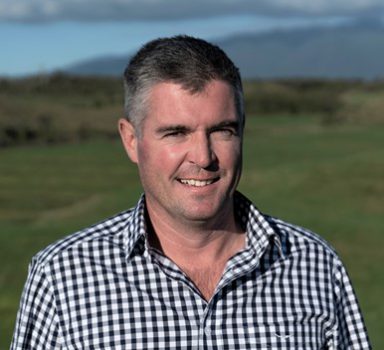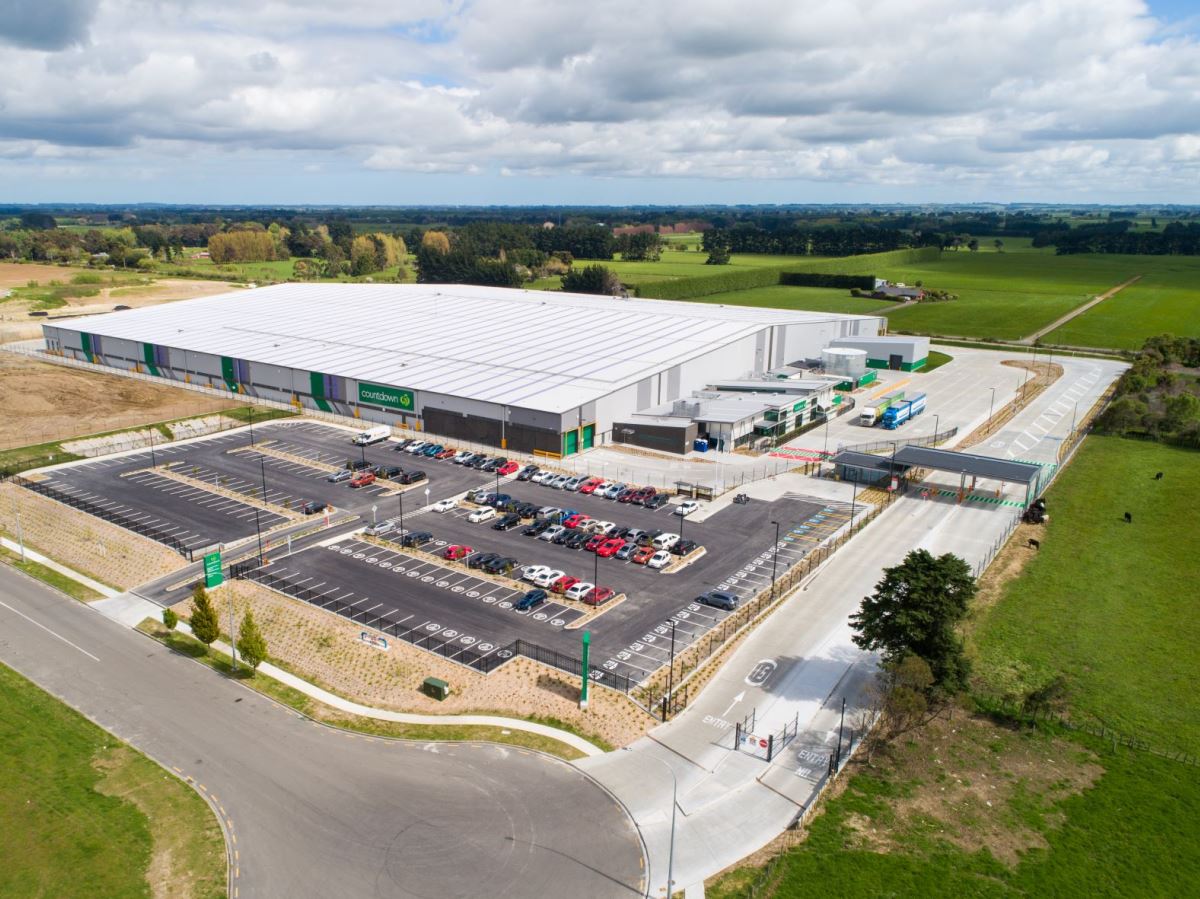Manawatū has emerged as one of New Zealand’s most resilient regions to come out of COVID-19, with some of the country’s leading companies heavily investing in the region.
Strong business investment and an annual GDP growth of 4.6%, coupled with the burgeoning Central New Zealand Distribution Hub (CNZDH) development, mean that Manawatū is primed for unprecedented levels of growth.
This investment is backed by annual commercial building consents for the region growing by 91% between 2019 and 2021, compared with just 2% nationally.

CEDA spokesperson Ray Mudgway says the growing attractiveness of Manawatū for New Zealand and international companies has been aided by the CNZDH development, which will see the region become New Zealand’s central distribution hub.
“COVID-19 and the latest lockdown in Auckland have highlighted the vulnerability of global supply chains along with the pressure on the efficient delivery of goods in New Zealand,” says Mudgway.
“Businesses are recognising the advantages we have in Manawatū and the work being done to develop the regions strengths as a multi-modal logistics hub.”
Mudgway says more than $8 billion of transport and infrastructure investment is planned and already under way in Palmerston North city and Manawatū in the next 10 years, fuelled by significant public and private investment.
New Countdown DC
New Zealand food giant, Countdown is backing the region, opening their new $100 million distribution centre (DC) three weeks early to cope with demand in their supply chain.
Countdown’s National Non-Retail Property & Development Manager, Bruce Waite, says their newly expanded distribution hub has already helped to relieve pressure on their network, exacerbated by the Auckland lockdown.
“We’ve been able to supply many of our Waikato stores from our expanded central hub, which we weren’t previously able to do, giving us more flexibility and allowing us to be locationally reactive.”
Waite believes Manawatū is ideally located to service the lower North Island, not only because of its central geographical location, but for its location in relation to transport routes north, south, east and west.
“We’re already seeing massive advantages of having a larger presence in the region; it’s a no brainer for us to be here.”
Waite says the CNZDH development and potential linkages with rail between distribution centres will support further improvements in their supply chain efficiencies.
“Manawatū is a thriving and growing region that is maturing from a service town into a key player. It’s inevitable that the region would mature into playing a strategic role in New Zealand’s transport network,” he says.
Green energy supplier, Hiringa, is also expanding its footprint in the region. Construction of four high-capacity green hydrogen refuelling stations for zero-emission heavy FCEVs (fuel cell electric vehicles) is now underway, alongside stations in Auckland, Hamilton and Tauranga, all on Waitomo truck stops.
Dion Cowley, Hiringa’s Project Development and Public Sector Lead, says Palmerston North was chosen for the prominent role it plays in serving the country’s distribution needs.
“Hydrogen refuelling works particularly well when you apply it to a hub model. There are a lot of freight movements in and around Manawatū involving companies looking to decarbonise, so we see real advantages with Palmerston North included in our initial roll out,” he says.
Cowley says Hiringa is looking forward to offering Manawatū a new zero emission fuel, helping to shift the heavy transport sector towards decarbonisation.
“The CNZDH project provides a fresh start, allowing freight to be looked at in a cohesive manner and providing multiple utilities for businesses in one spot.”
The CNZDH is a unique, multi-modal transport and logistics system based in Manawatū. Once fully completed, the hub will provide economic, social and environmental benefits for the region and the country. It will help to reduce emissions through more efficient freight movement and provide more efficient delivery of goods in New Zealand. The CNZDH is a key component of the national transport system, complementing the Golden Triangle (Auckland, Waikato and Bay of Plenty) and the southern Christchurch node.



